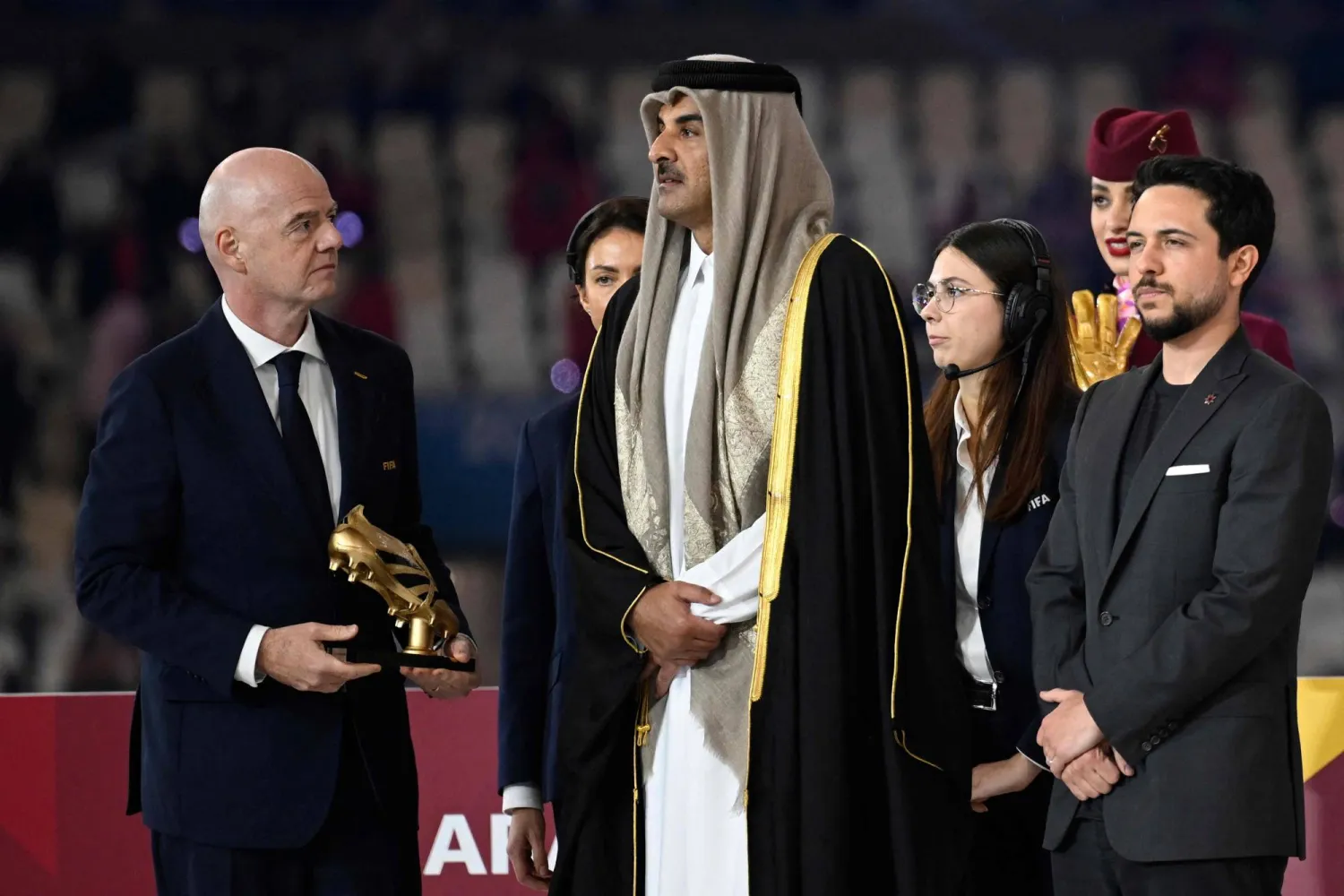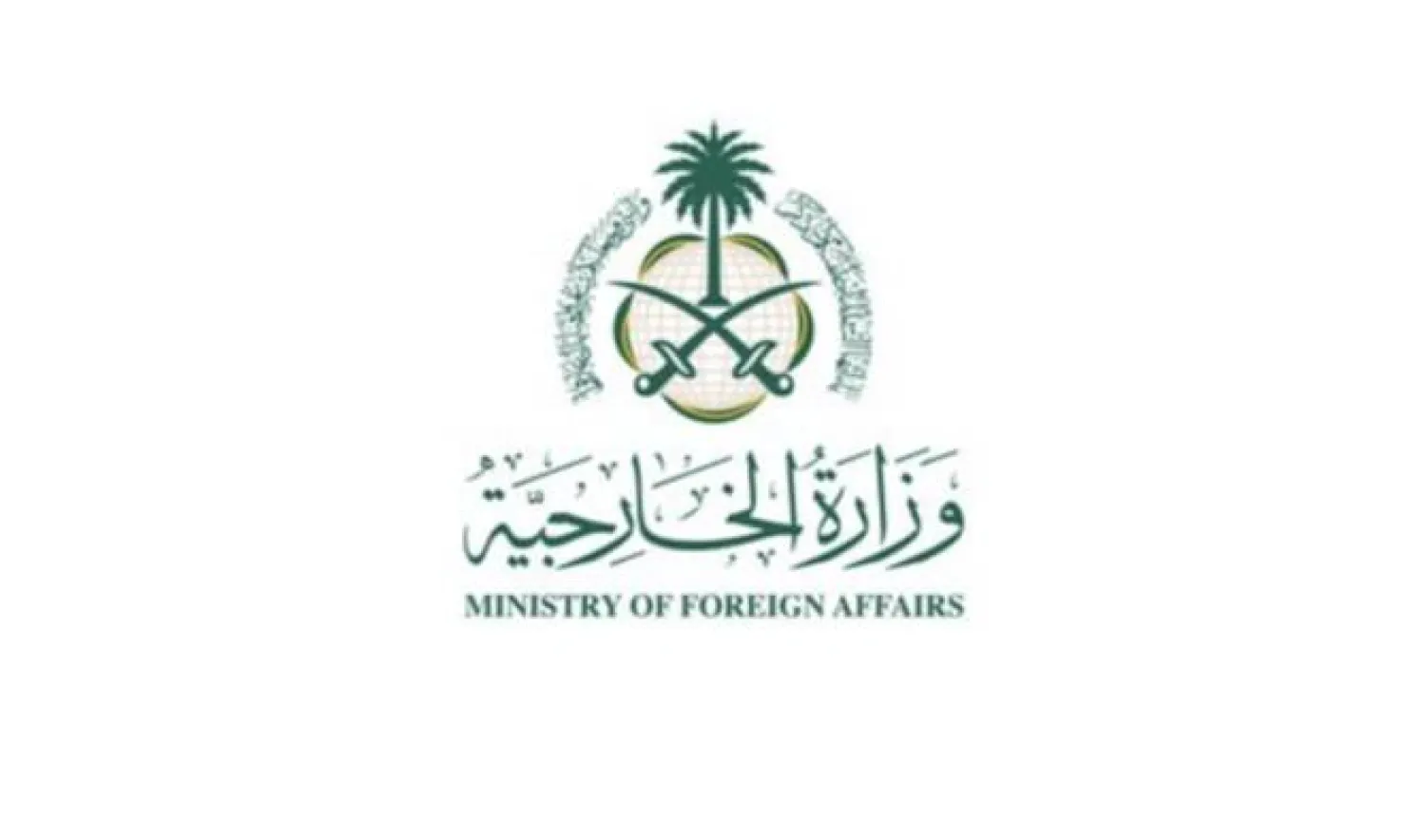Kuwait Announced on Monday arriving to an agreement with Philippine authorities on regulating foreign labor forces in the Gulf state.
The agreement comes a month later to the labor crisis which led the Philippine government to stop all workers from traveling to Kuwait.
Kuwait Deputy Foreign Minister Khaled Al-Jarallah said he had agreed with Philippine authorities to conclude an agreement regulating the conditions of Filipino employment in Kuwait, adding that this was “at the will of the Philippine authorities.”
Jarallah revealed a visit by Philippine President Rodrigo Duterte to Kuwait next March upon the official invitation of Kuwait Ruler Emir Sabah Al-Ahmad Al-Jaber Al-Sabah.
Jarallah told reporters at the National Assembly on Monday after a meeting of the parliamentary foreign affairs committee that he had agreed with Philippine authorities to conclude an agreement regulating the conditions of Filipino employment in Kuwait.
He added that Philippine authorities submitted a proposal for the agreement between the two countries, and was examined by relevant bodies in Kuwait.
“We are well on the way to calm matters, if we have not already reached did,” said Jarallah.
“We have made it clear to Philippine authorities that these accusations and information have no basis whatsoever, and do not reflect the nature of the situation of the Filipino employment in Kuwait, and are basically unacceptable," he said.
The Filipino community in Kuwait is estimated at 250,000, with 65 percent (165,000 workers) of which are employed in household labor.
Manila has stepped up its rhetoric after allegations of ill-treatment of Filipino workers in Kuwait.
On January 19, the Philippine Labor Minister announced the suspension of sending employment to Kuwait.
President Duterte said he was considering preventing workers from going to Kuwait because Manila had recently lost four women there, referring to domestic workers allegedly have been the victims of abused and who had committed suicide.









